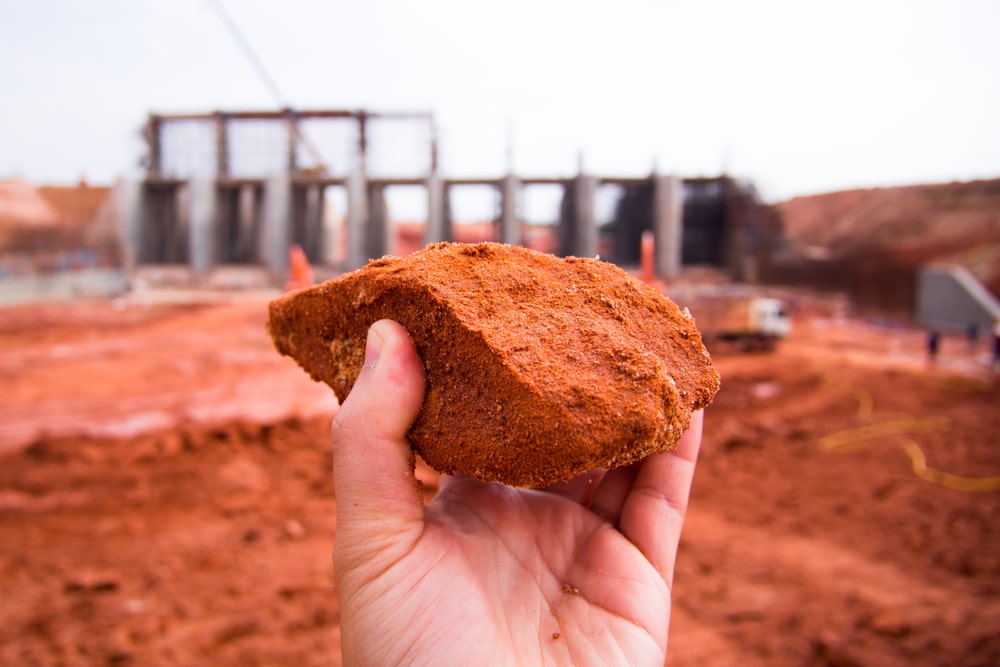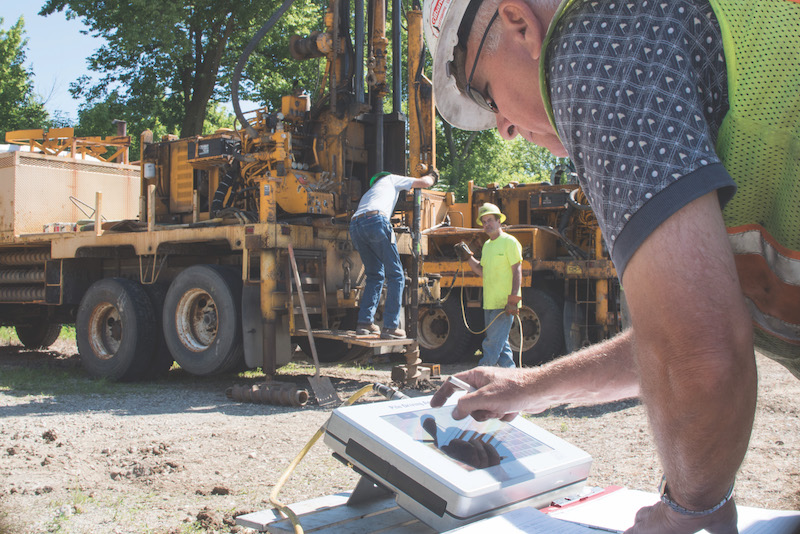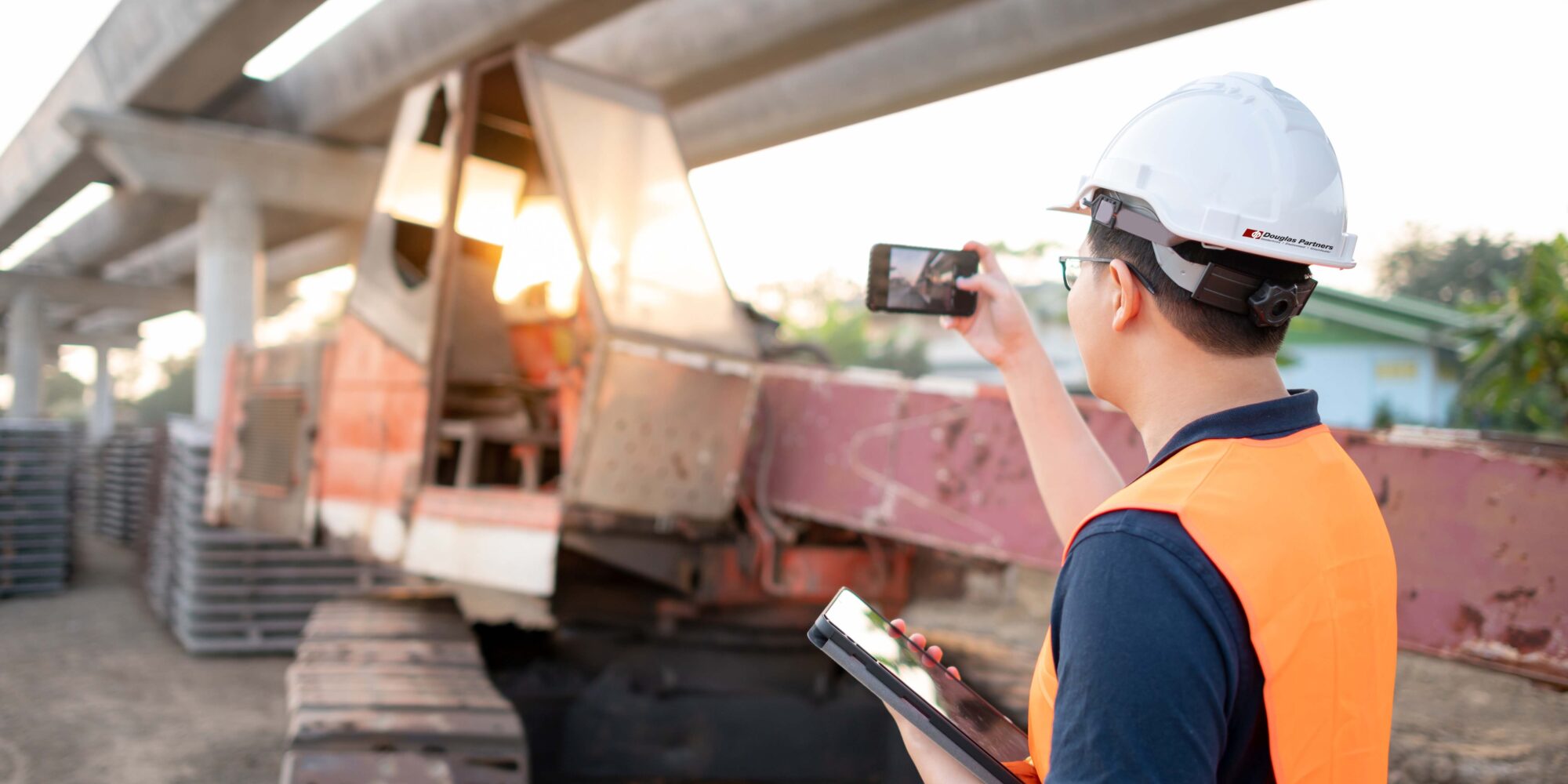A Comprehensive Guide to Coming To Be a Successful Geotech Engineer
A Comprehensive Guide to Coming To Be a Successful Geotech Engineer
Blog Article
The Crucial Payments of Geotechnical Designers in Examining Soil Actions and Foundation Style for Lasting Facilities Advancement
Geotechnical designers offer as a keystone in the world of lasting framework development, where their expertise in assessing dirt habits straight affects the safety and security and long life of frameworks. By using sophisticated strategies such as Standard Infiltration Examinations and Cone Infiltration Testing, they meticulously assess dirt buildings, leading to educated choices on structure layout.
Duty of Geotechnical Engineers

Along with website examinations, geotechnical engineers review potential risks such as dirt liquefaction, slope stability, and groundwater issues. They apply sophisticated engineering concepts to develop options that mitigate these risks, making certain that designs follow appropriate codes and criteria. Their job typically entails partnership with various other design techniques, engineers, and environmental researchers to produce integrated approaches to facilities advancement.
Additionally, geotechnical designers add to lasting practices by promoting making use of products and methods that minimize environmental effect. Through their thorough understanding of dirt technicians and geology, they play a crucial function in cultivating safe, resistant, and lasting infrastructure that satisfies the needs of culture while shielding the environment.
Soil Actions Evaluation Techniques
Understanding dirt actions is basic to educated decision-making in geotechnical design, as it straight affects the design and building processes. Numerous evaluation strategies are employed to evaluate soil homes, guaranteeing precise predictions of its efficiency under different loading conditions.
One main method is the Standard Infiltration Examination (SPT), which provides insights right into soil density and uniformity through the resistance come across throughout infiltration. In A Similar Way, Cone Infiltration Testing (CPT) supplies a continuous account of soil stratification and in-situ strength specifications, allowing an extra comprehensive understanding of subsurface conditions.
Laboratory tests, such as Atterberg limits, unconfined compressive strength, and triaxial tests, are essential for characterizing dirt behavior under regulated problems. These tests promote the decision of important parameters, including shear toughness, compressibility, and leaks in the structure.

Structure Design Concepts
Structure design concepts are vital for ensuring the stability and durability of frameworks, as they dictate exactly how lots are transmitted from the superstructure to the underlying dirt. These concepts include various considerations, consisting of load-bearing capacity, settlement, and lateral stability. An extensive understanding of dirt technicians is necessary for geotechnical designers to evaluate the communication between see this page the dirt and the structure.
One key principle is the appropriate selection of foundation kind, which may include shallow foundations, such as spread footings, or deep structures, like caissons or piles, relying on dirt conditions and structural loads - geo tech engineering. The foundation should be designed to decrease differential settlement, which can cause structural damages

Sustainable Framework Practices
How can we properly integrate sustainability into facilities methods? Sustainable infrastructure methods begin with thorough site analyses, which evaluate dirt actions, neighborhood ecosystems, and resource accessibility.
Furthermore, employing ingenious construction methods, such as making use of low-impact foundations and recycled products, considerably lowers the carbon footprint of framework jobs. Geotechnical engineers play an essential function in choosing ideal products that boost longevity and sustainability, such as using geo-synthetics to boost soil stability and reduce erosion.
In addition, sustainable facilities techniques call for continuous tracking and maintenance internet to make certain that structures remain durable over time. Ultimately, these methods not just add to the longevity of structures but likewise advertise a healthier environment, lining up facilities growth with more comprehensive sustainability goals.
Case Studies and Applications
Study in geotechnical design supply important understandings into the useful applications of soil habits and lasting framework methods. One remarkable example is the building and construction of the Burj Khalifa in Dubai, where considerable dirt testing and analysis were carried out to examine the unique challenges posed by the region's loose sand and high water table. Geotechnical engineers utilized advanced techniques such as dynamic probing and cone infiltration screening to identify the dirt's load-bearing capability, eventually leading to the style of a deep structure system that supports this renowned framework.
One more crucial instance is the removal of the San Francisco-Oakland Bay Bridge after the 1989 Loma Prieta earthquake. Geotechnical evaluations disclosed the need for soil stablizing methods, consisting of grouting and soil nailing, to improve the seismic durability of the foundation. These interventions not only boosted the bridge's security yet also contributed to its durability and sustainability.
Such study exhibit exactly how geotechnical designers play a crucial role in recognizing soil behavior and using cutting-edge solutions to guarantee the architectural stability and sustainability of infrastructure projects. geotech engineer. Their competence is crucial in resolving the complicated challenges positioned by different soil conditions throughout varied geographical places
Final Thought
In conclusion, the contributions of geotechnical designers are essential for the analysis of dirt habits and the style of structures, which are crucial for sustainable framework advancement. Via the application of sophisticated screening techniques and cutting-edge products, these professionals make certain the security and safety of structures while minimizing environmental impacts. The integration of lasting practices advertises durability in infrastructure projects, highlighting the relevance of collaboration amongst stakeholders to achieve efficient building and construction options that meet both societal and ecological demands.
Geotechnical engineers serve as a cornerstone in the world of lasting facilities growth, where their competence in assessing dirt behavior straight affects the safety and security and longevity of frameworks.Geotechnical engineers play an important role in the style and building of facilities by assessing soil and rock actions to make certain security and safety. A detailed understanding of dirt technicians is vital for geotechnical designers to review the communication in between the structure and the soil.
Geotechnical assessments revealed the requirement for dirt stablizing techniques, consisting of grouting and Check Out Your URL dirt nailing, to improve the seismic durability of the foundation.In verdict, the payments of geotechnical designers are important for the analysis of soil behavior and the layout of foundations, which are vital for sustainable facilities advancement.
Report this page